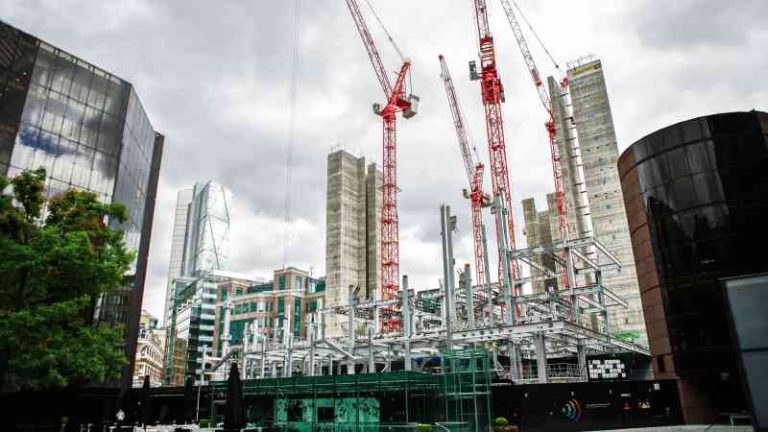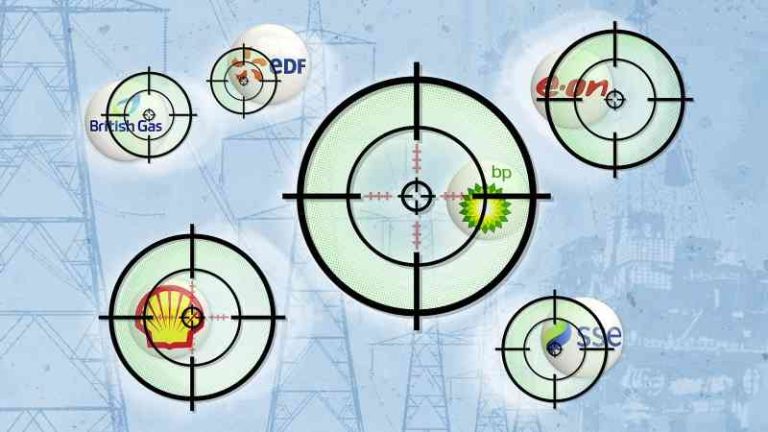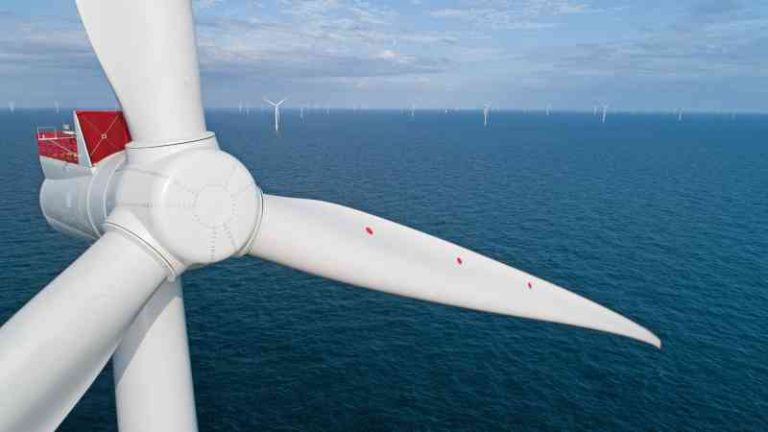Is it worth investing in Drax? What to buy, sell or avoid
On paper, Drax should be a knockout FTSE 250 stock. It presents itself as a sustainable energy business, helping Britain to reach its targets for net zero, and comes with a chunky dividend yield to boot. Yet a regulatory investigation has fed into broader concerns around its green credentials.
The owner of Britain’s biggest power station has come under intense scrutiny since it converted some units at its plant in North Yorkshire from burning coal to biomass. The plant, which has a practical capacity of 2.6 gigawatts, has six generating turbines, four of which now burn wood pellets.
Drax does not burn fossil fuels and therefore sees itself as a clean energy producer, but not everyone agrees on the green credentials of burning wood shipped in from overseas to generate electricity. Last week Ofgem, having launched an investigation in May last year, ordered Drax to pay £25 million in redress.
The energy regulator found that Drax had failed to put “adequate data governance and controls in place” in relation to reporting details around the type of wood sourced from Canada for use in its power plant between the end of March 2021 and April 2022. It also ordered a third-party audit of the company’s international supply chain. The investigation did not suggest, however, that Drax had been incorrectly issued with renewable obligation certificate subsidies from the government (which are funded through customers’ bills), or that it had not met a threshold for a minimum of 70 per cent of biomass to come from “sustainable sources” in order to qualify for the funding.
Drax receives subsidies from renewable obligation certificates and contracts-for-difference subsidies, on the basis that trees absorb carbon as they grow, offsetting the carbon emitted when they are burnt. These subsidies were worth more than £500 million in government cash last year, but are due to end in 2027. City analysts believe that Ofgem’s final ruling has cleared the way for new funding beyond this point, but its findings of misreporting have fuelled calls from green campaigners for the state to pull the plug.
This column last rated Drax as an “avoid” almost a year ago, not least because of how expensive it is for the company to make power (last year it made £908 million in operating profit on £7.8 billion in adjusted revenue). In the weeks that followed, the shares suffered, losing as much as 20 per cent of their value.
A rally this summer means that the stock has returned 20 per cent since our last tip. Much of this is thanks to a £300 million share buyback unveiled in July. The shares certainly have an income appeal, with a forward dividend yield of 4.1 per cent, compared with 3.7 per cent from the broader FTSE 250. The stock is also cheap on a forward price-to-earnings basis, with a multiple of only five. That compares with other British energy names such as National Grid, at 14, and SSE, at 11.
It is true that Ofgem’s investigation has removed some of the doubt hanging over the shares, but the future of the biofuel sector in Britain is far from certain. The company is working on adding carbon capture to its power station, which it calls bioenergy with carbon capture and storage, or “Beccs”. In July it hinted that it was having discussions with the government, having already spent £2 million on the project in the first half as it “awaits clarity” on subsidies in this area.
Drax has thin margins, relies heavily on government subsidies and its green credentials remain in doubt by a number of environmentalists. Together, these do not pave an easy path for returns for investors. Even at such a low multiple, with a forward price-to-earnings ratio that ranks it among the bottom ten of the FTSE 250, the discount on Drax’s shares looks justified. Advice Avoid Why Thin margins, reliant on government funding and in an uncertain sector
Spirax was one of London’s most cherished stock market darlings. From 2012 to 2022, shares in the thermal energy specialist leapt by more than 900 per cent. Recent trading suggests, however, that the company may have lost its momentum.
The FTSE 100 engineer formerly known as Spirax-Sarco specialises in steam controls, electrical heating solutions and pumps. These components are essential to industrial processes, helping companies to reduce their energy and water consumption, as well as their carbon dioxide emissions. Its products are not replaced easily and have little competition, which means that the Cheltenham-based Spirax maintains strong pricing power and historically consistent profit margins north of 20 per cent. It is highly cash-generative, too, with a conversion rate of 81 per cent as of the end of its 2023 financial year.
Yet a slowdown in global industrial production has hit the shares, which have fallen by more than a quarter in the year to date. Its most recent half-year results showed that operating profit had increased by 11 per cent to £147 million, but this was partly thanks to fewer restructuring and writedown charges. On an adjusted basis, profits fell by 7 per cent to £160 million, 5 per cent below market expectations. Meanwhile, its adjusted operating profit margin fell below 20 per cent for the first time in at least five years.
Its steam thermal solution division, which accounts for roughly half of the top line, reported a 6 per cent drop in sales, blamed on slow demand in China, where tariffs have hit demand from customers of batteries for electric vehicles. Overall, China makes up a tenth of Spirax’s sales.
There is still hope for growth on the horizon. In August it forecast organic revenue growth in the mid-to-high-single-digit percentages and double-digit growth in its adjusted operating profit for its full year. This suggests Spirax may be through the worst of it. The stock trades at 26 times expected earnings, lower than its five-year average of 35, according to Factset. Still, this seems a little steep for a company that has not yet pulled through to a full recovery. Advice Hold Why Tempting valuation but await clearer signs of recovery






